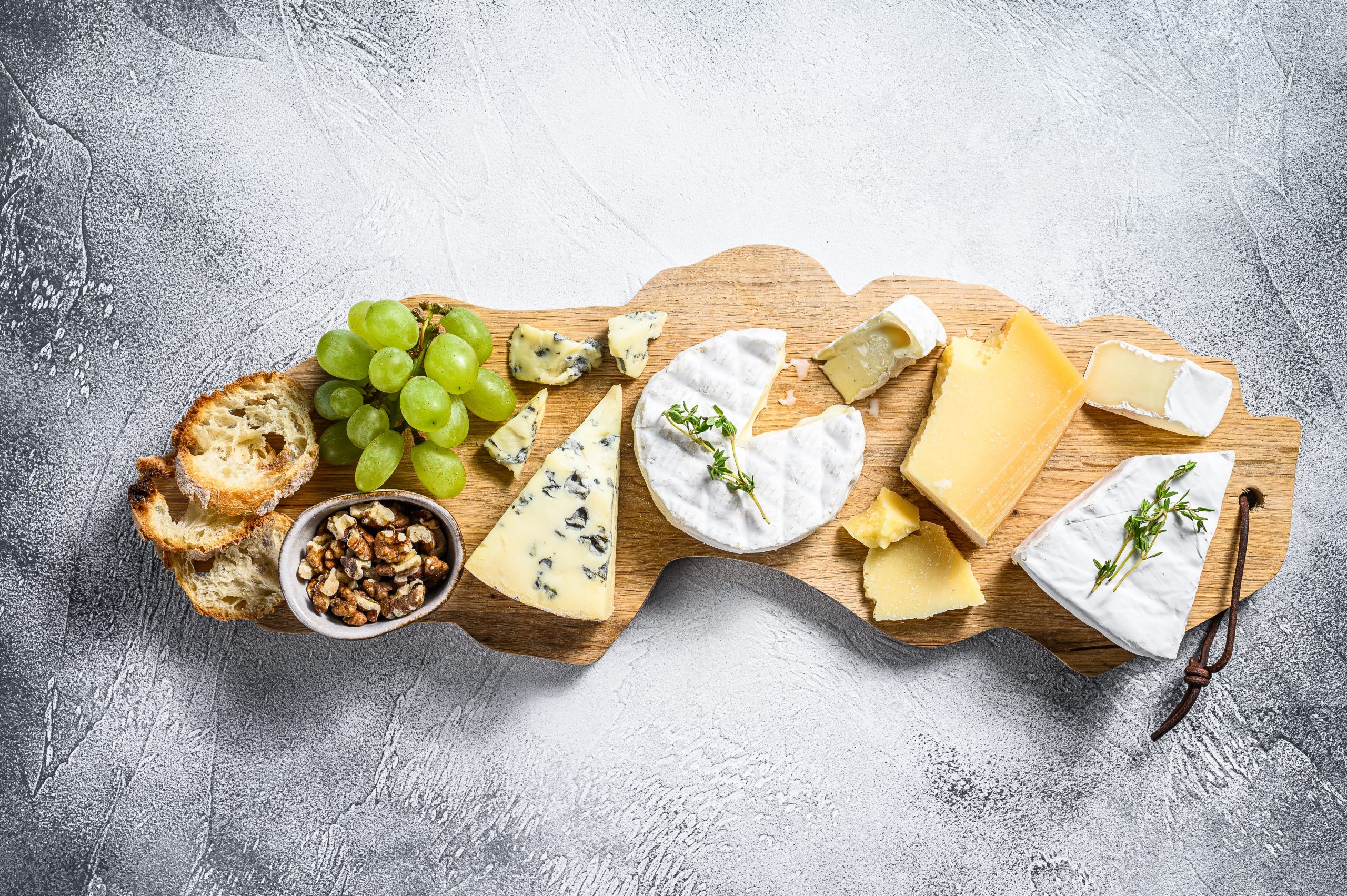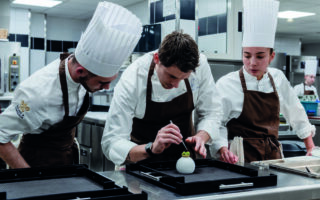
Understanding the Cheese Course: When and How to Serve It
In French dining culture, the cheese course holds a revered position. This traditional element of a meal can seem daunting to those unfamiliar with it, but with a few key insights, you can master the art of serving a cheese course like a true Francophile.
Timing is Everything
The cheese course in France is typically served after the main course and before dessert. This placement allows diners to savour the complex flavours of cheese without overwhelming their palates at the start of the meal. It’s important to note that serving cheese as a pre-dinner appetiser is not customary in French dining.
Selecting the Cheeses
When choosing cheeses for your course, consider the following:
- Variety: Aim for a mix of textures and flavours. A common approach is to serve at least one soft cheese and one hard cheese.
- Number: Three to five cheeses are typically sufficient. This allows for variety without overwhelming guests.
- Origin: Consider including cheeses from different milk sources (cow, goat, sheep) for a well-rounded selection.
Presentation
The presentation of your cheese course can greatly enhance the dining experience:
- Serving Method: You can either pre-slice the cheeses or present them whole for guests to cut themselves.
- Temperature: Always serve cheese at room temperature. Remove it from the refrigerator a few hours before serving to allow flavours to develop fully.
- Accompaniments: Bread is essential. A simple baguette is perfect. Some hosts may include fruit, nuts, or preserves to complement the cheeses.
Etiquette
Understanding cheese course etiquette will help you and your guests navigate this part of the meal gracefully:
- Cutting: Each cheese shape has a proper cutting method. For example, round cheeses should be cut in thin wedges from the centre outward, like slicing a cake so that each piece has both the centre and the rind.
- Serving Order: Traditionally, the cheese platter is passed around for guests to help themselves. Alternatively, you can serve individual plates if preferred.
- Tasting Order: Encourage guests to taste from mildest to strongest flavoured cheeses. Generally, this means starting with fresh and soft cheeses, progressing to aged and hard varieties, and finishing with blue cheeses.
Wine Pairing
Often, the wine served with the main course is continued through the cheese course. However, if you’re opening a new bottle, consider these options:
- A crisp white like Riesling
- A light red such as Beaujolais
- Champagne, which pairs wonderfully with many cheeses
By following these guidelines, you can confidently incorporate a cheese course into your next dinner party, adding a touch of French sophistication to your meal. Remember, the key is to enjoy the experience and savour the complex flavours that a well-curated cheese selection can offer.
Wanting to know more about French fromage?
Mark your calendars for a tasteful discussion with Ned Palmer, author of A Cheesemonger’s Tour de France, as he delves into the world of traditional French cheese and the significance of AOC (Appellation d’Origine Contrôlée). Discover how AOC protects the authenticity and heritage of their production, ensuring it follows traditional methods linked to specific regions.
Claim your free 30-day trial to France Today Membership here.
This talk will not only enhance your next visit to your favourite fromager, but also provide a new appreciation for the unique craftsmanship behind each variety.
Lead photo credit : Shutterstock
Share to: Facebook Twitter LinkedIn Email
More in French cheese, Fromage



